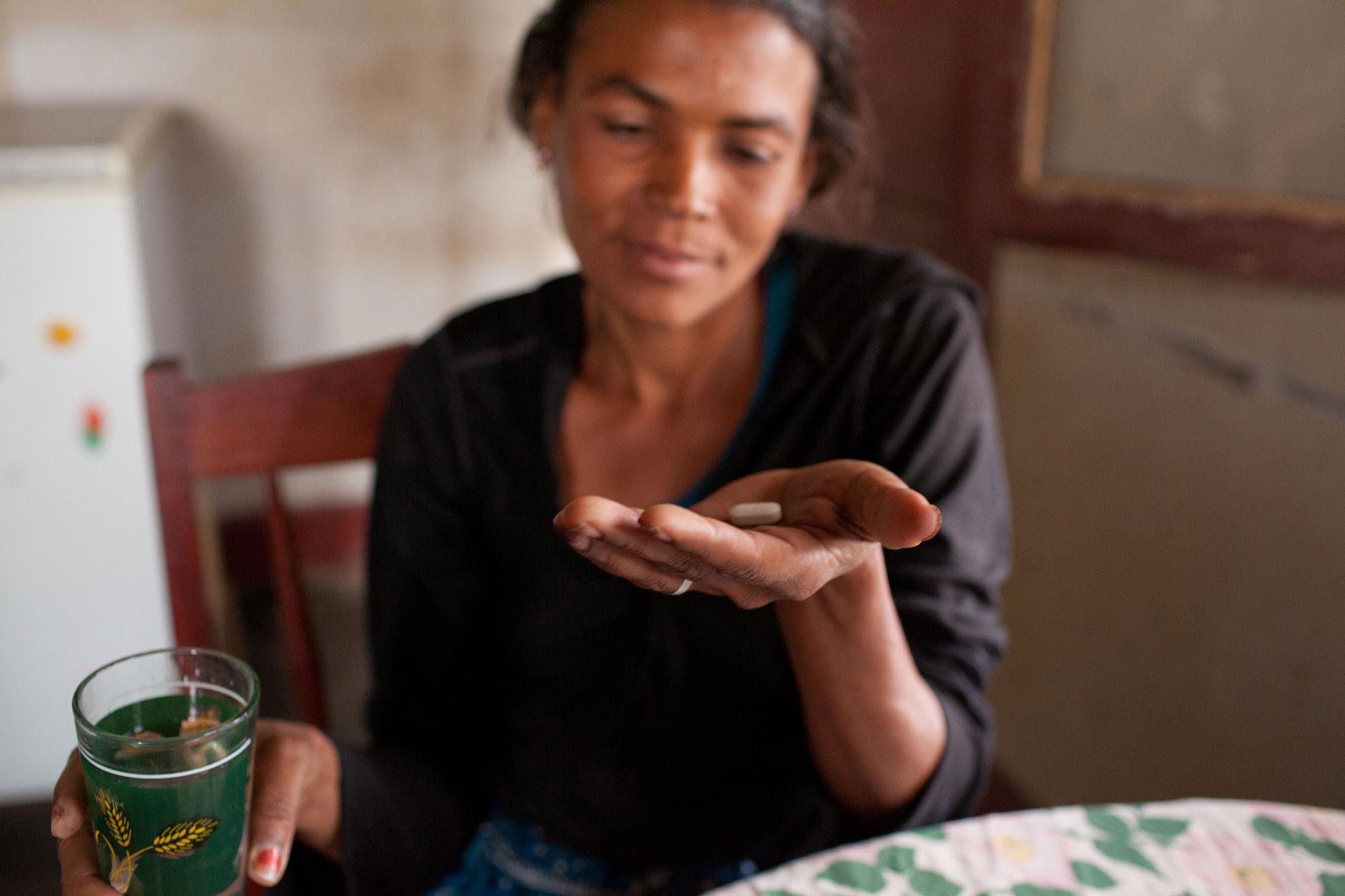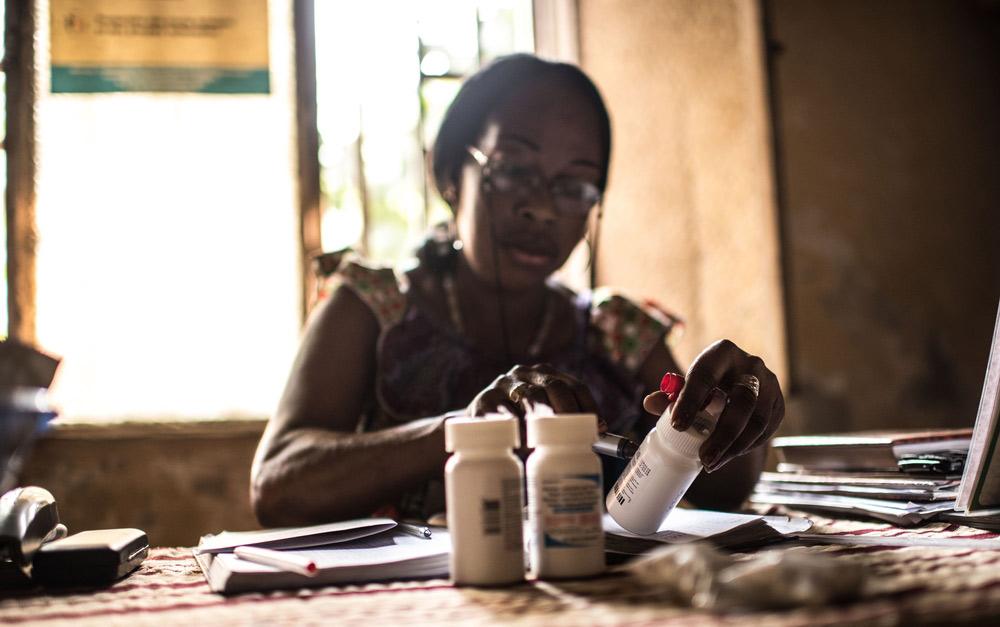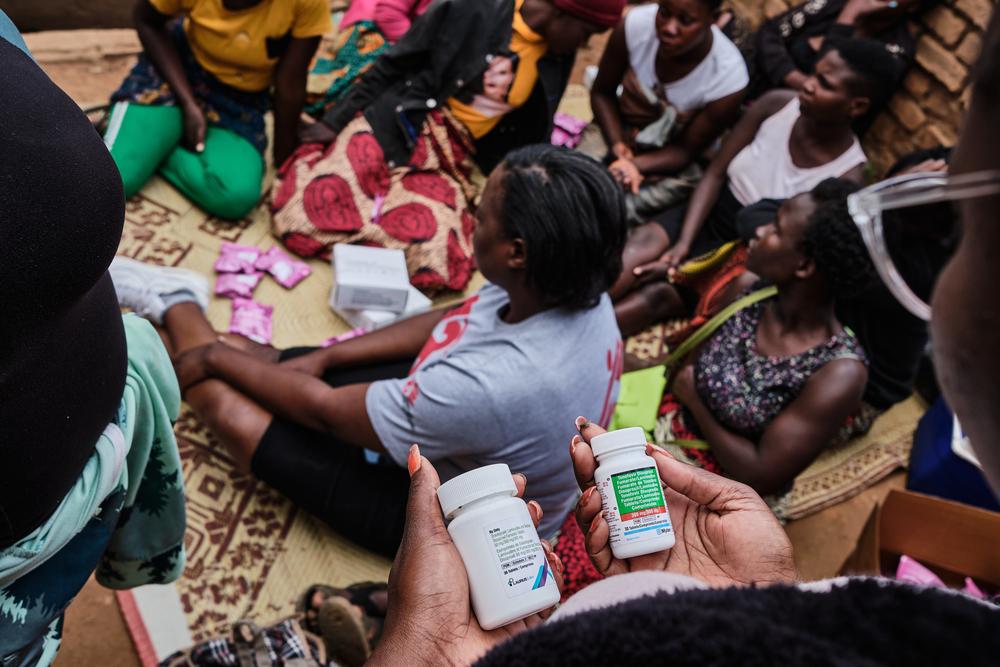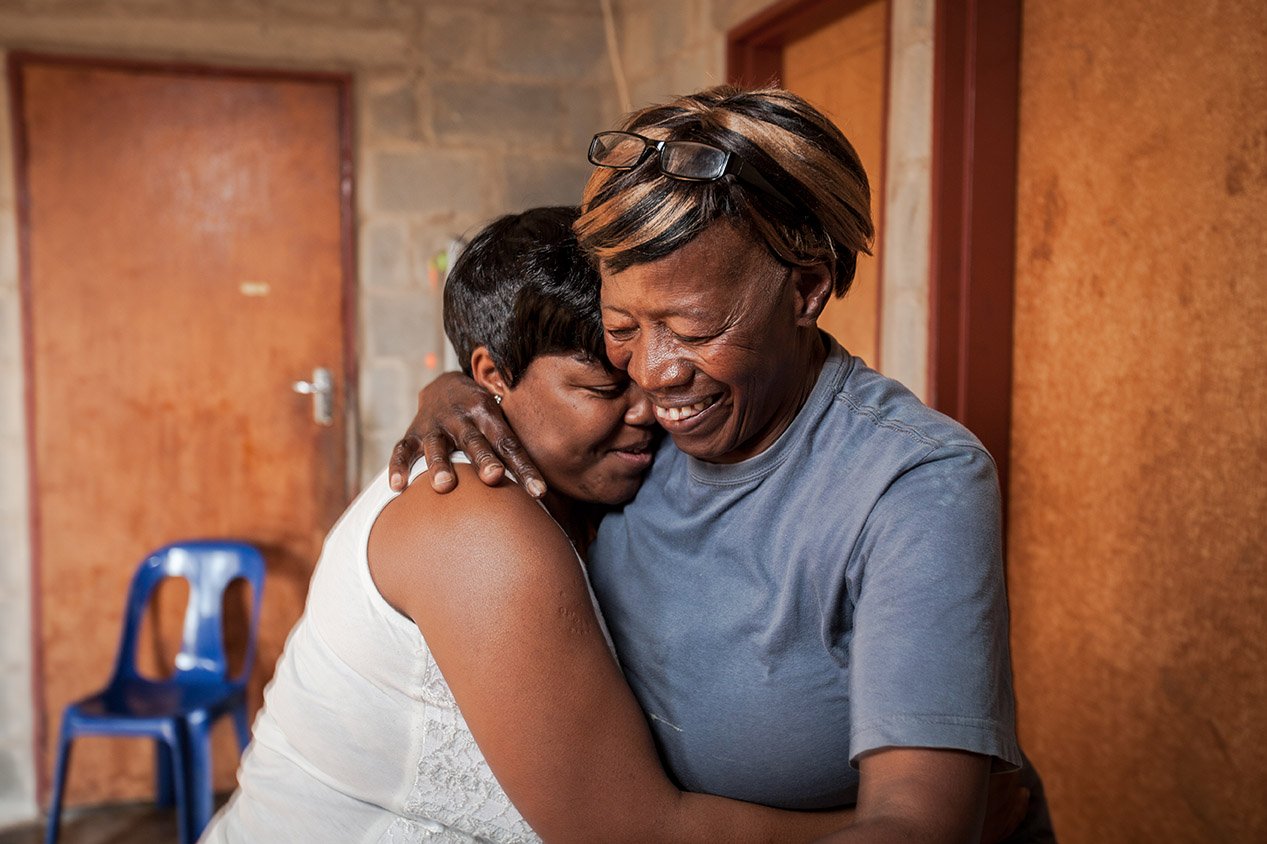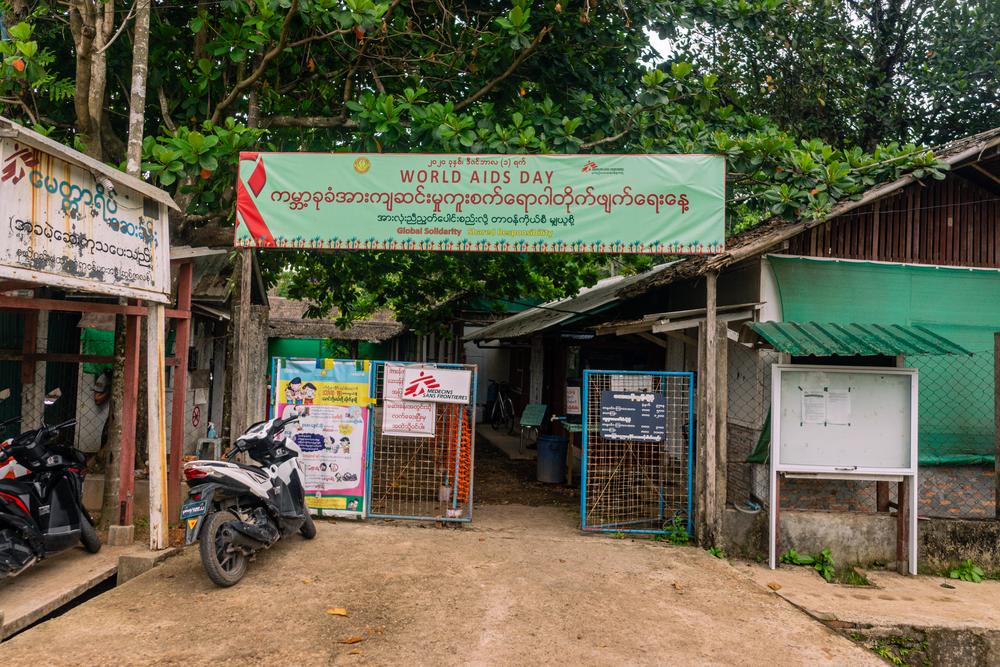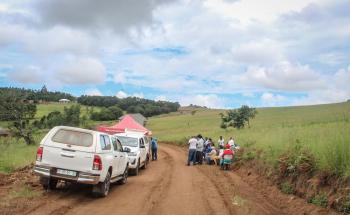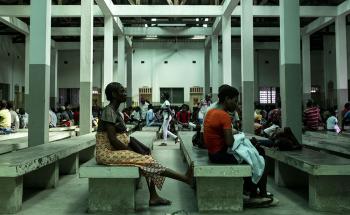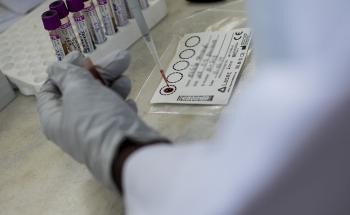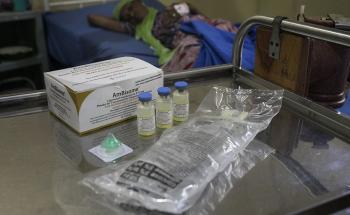
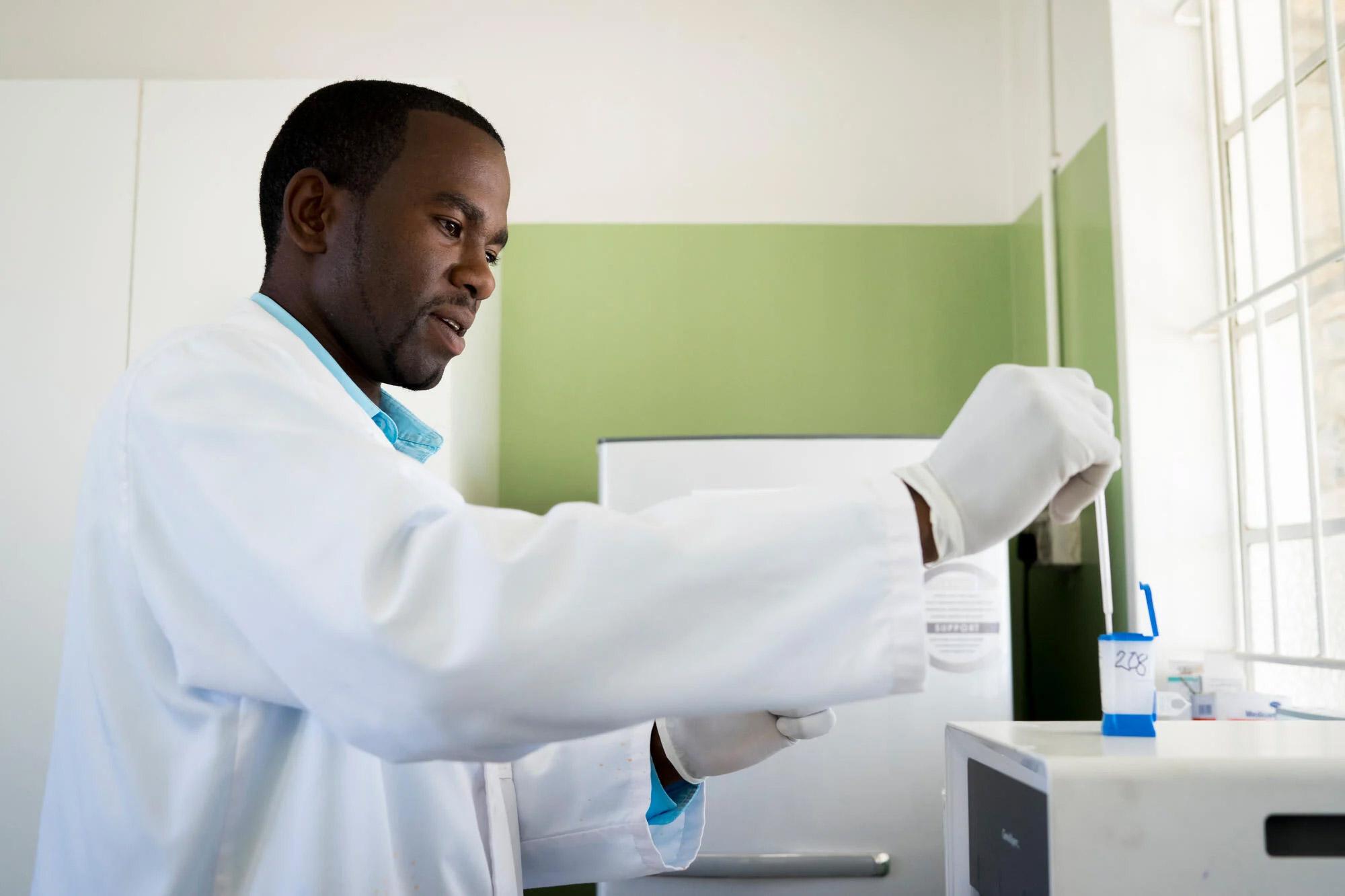
Worldwide, around 15 per cent of people currently infected with the virus don't know their HIV status. In West and Central Africa, one in five people living with HIV didn't know their HIV-positive status at the end of 2020. Once someone is diagnosed with the disease, viral load monitoring - measuring the levels of HIV virus in the blood - is essential to measure whether treatment is working. While annual viral load tests are standard in wealthy countries, access in developing countries still lags far behind.

